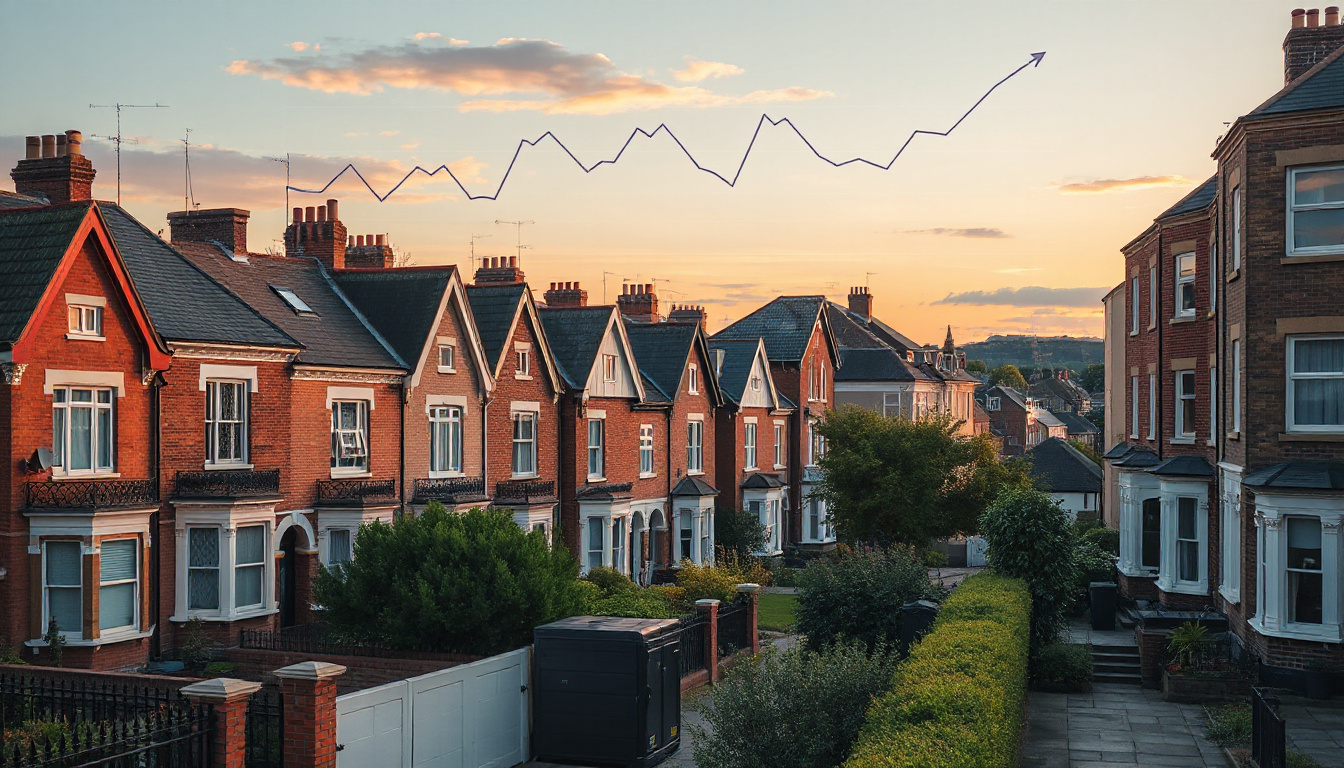Current Trends in House Prices: Insights for Property Investors
The market evolves; property shifts demand attention. Investors weigh price changes, HMO configurations, and economic states with a focus on price metrics that connect firmly with local data.
Market Dynamics
The housing market fluctuates with economic states, interest adjustments, and spatial demand. Regions record rapid price increases while others, marked by stability or decline, reflect different fiscal pressures. Price surges, steady points, and contractions coexist; factors remain tightly linked.
Impact of Economic Factors
Inflation levels and consumer purchasing strength, as dominant indicators, shape property valuations. Economic conditions adjust, and investors must compute the impact of these metrics on affordability and long-range valuation, ensuring data remains directly connected to fiscal outputs.
Interest Rates and Mortgages
Interest percentages shift borrowing costs; higher percentages produce steeper finance burdens, and lower ones allow broader market activity. Market rates and mortgage schemes, aligned closely with investor funding, persist as determinants that influence financing streams and investment structure.
Understanding HMO Investments
HMO properties, where occupants share dwellings, stand as a strategy for revenue generation in areas with persistent demand for affordable housing. Metropolitan zones and suburban sectors register a need for cost-effective dwellings; local rental figures and legal frameworks tie directly to investment decisions in these contexts.
Conclusion
House price patterns continue to transform amid economic measures and market forces. Investors focused on multiple occupancy arrangements must remain attentive and adjust plans with precision. Regular review of market metrics and fiscal indices binds strategic decisions to an ever-evolving housing arena.


